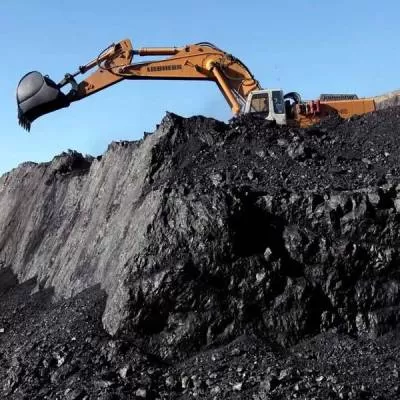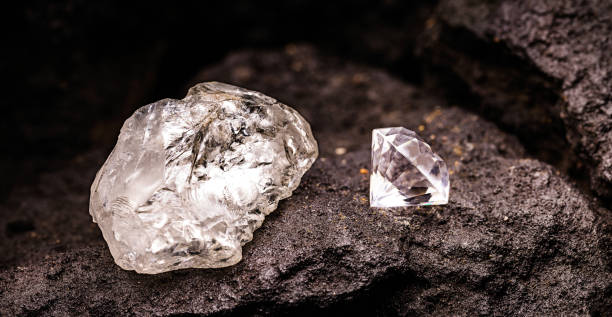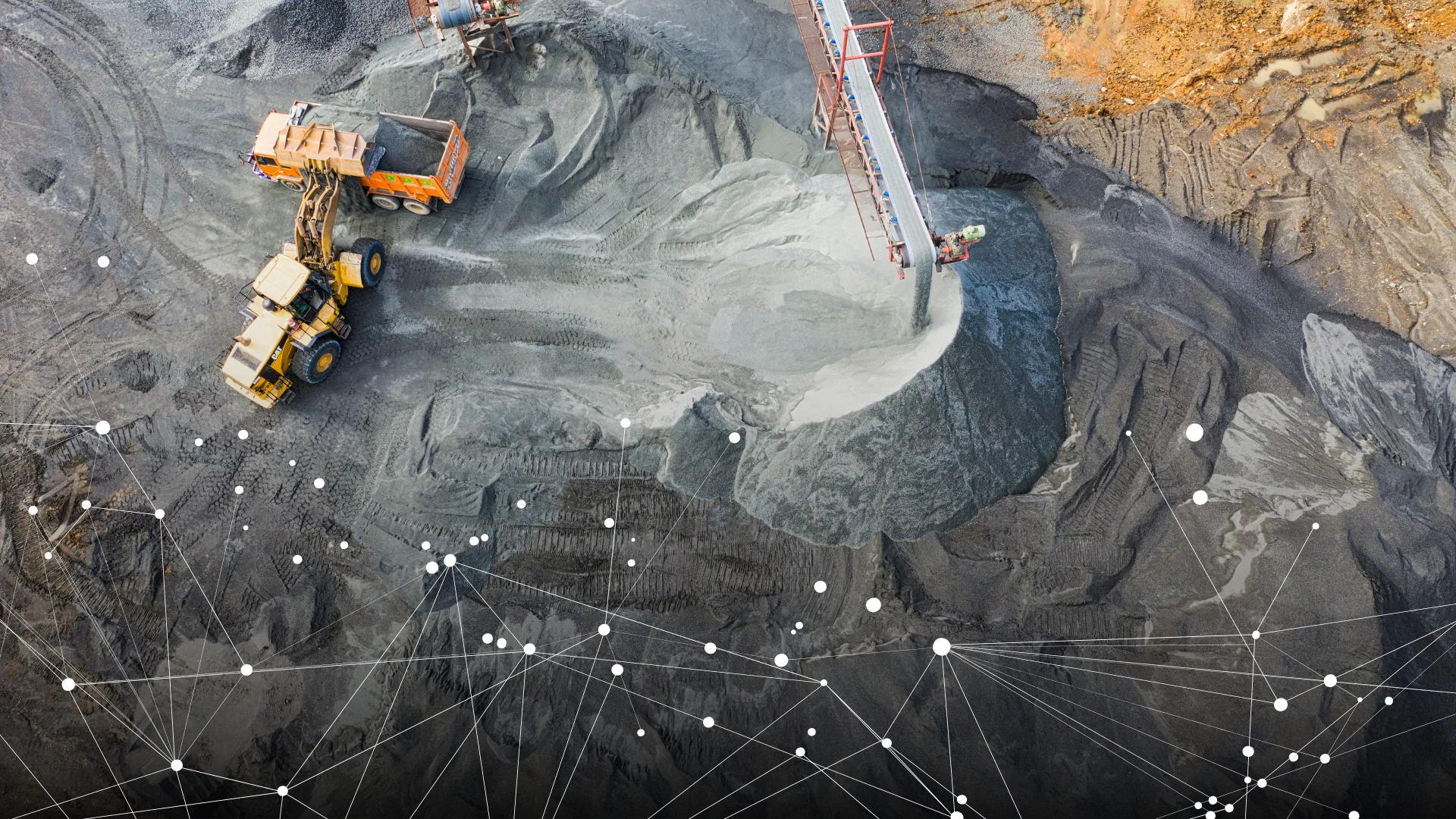Coal Mining: Coal mining has been a cornerstone of industrial development for centuries, providing an important source of energy for power generation, steel production, and various industrial processes. Despite increasing efforts toward renewable energy, coal remains a significant contributor to global energy production. This article explores the history, types, methods, environmental impacts, and future of coal mining.
History of Coal Mining:
The history of coalmining dates back to ancient times, with early records of coal use in China and Rome. However, the Industrial Revolution in the 18th and 19th centuries led to a massive increase in coalmining to fuel steam engines and factories. The 20th century brought advances in mining technology, leading to safer and more efficient methods of coalmining.
Types of Coal:
Coal is classified into four main types based on carbon content, energy value, and geological formation:
Anthracite – the highest-grade coal with a high carbon content and the most energy-efficient burning characteristics.
Bituminous coal – A commonly used coal type for power generation and industrial processes.
Sub-bituminous coal – Low in carbon content but widely used in power plants.
Lignite – The lowest grade of coal with high moisture content, used primarily in power generation.
Coal Mining Methods:
Coal is extracted using a variety of minings methods, depending on the depth, location, and type of coal deposit. The two primary methods are:
- Surface mining
Also known as open-pit or strip mining, this method is used when coals deposits are close to the surface. It involves removing large layers of soil and rock to gain access to the coal deposit. Types of surface mining include:
Strip mining – The removal of long strips of land to extract.
Open-pit mining – The digging of large holes to remove coal deposits.
Hilltop mining – The blasting of hilltops to expose coal deposits.
- Underground Mining
Used for deep coal deposits, underground mining requires tunnels and shafts to access the coal deposit. Methods include:
Chamber and pillar mining – extracting coal in a grid pattern while leaving support pillars.
Longwall mining – using mechanical shearers to extract coal along long walls.
Major coal- producing countries
Several countries in the world lead in coal production, including:
China – the largest producer and consumer of coal.
India – a significant coal producer with growing energy demand.
The United States – a major exporter of coal.
Australia – one of the world’s largest coal exporters.
Russia – a major supplier of coal to Europe and Asia.
Environmental Impacts of Coal Mining:
Coalmining has significant environmental consequences, including:
- Air pollution
The burning of coal releases pollutants such as sulfur dioxide (SO₂), nitrogen oxides (NOₓ), and particulate matter, which contribute to respiratory diseases and climate change. - Water pollution
Coalmining can contaminate water sources with heavy metals, toxic chemicals, and acidic runoff, which harm aquatic life and drinking water supplies. - Land degradation
Surface mining leads to deforestation, soil erosion, and habitat destruction, leading to biodiversity loss and land degradation. - Greenhouse gas emissions
Coal combustion is a major source of carbon dioxide (CO₂), a greenhouse gas that contributes to global warming and climate change.
Coal Mining Safety Challenges:
Coalmining poses serious health and safety risks to workers, including:
Mine collapses – Structural failures in underground mines can cause death.
Respiratory diseases – Prolonged exposure to coal dust can lead to black lung disease.
Explosions – Methane gas in coal mines can cause fatal explosions.
The future of coal mining:
With growing concerns about climate change, the future of coalmining is uncertain. However, advances in clean coal technology, carbon capture and alternative energy sources are shaping the transformation of the industry. Key developments include:
Clean coal technology – Innovations to reduce emissions from coal combustion.
Renewable energy transition – Many countries are investing in solar, wind and nuclear power.
Automation and AI – Using technology to improve mining efficiency and safety.
Coalmining remains a vital industry, powering industries and economies worldwide. However, the environmental and health risks associated with coalmining necessitate the adoption of sustainable methods and clean energy alternatives. As the world moves towards a greener future, it is essential to balance energy demand with environmental responsibility.
Read Also: The Environmental Impact of Mining
![]()





